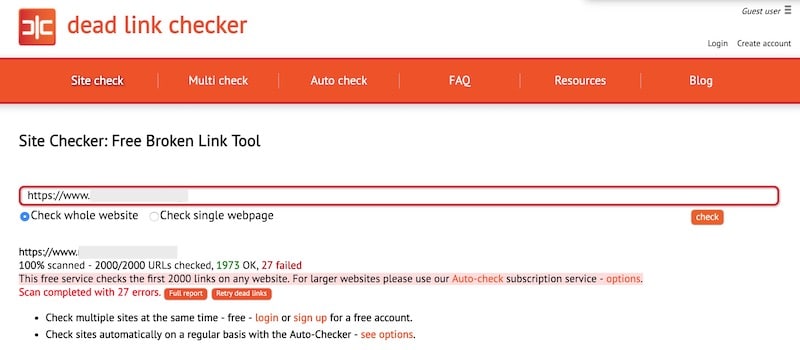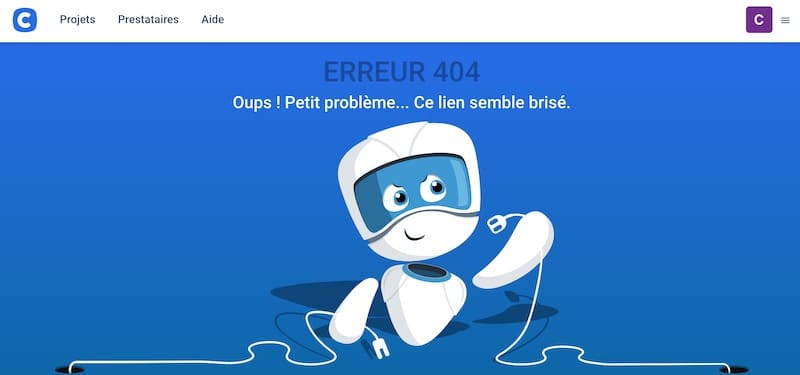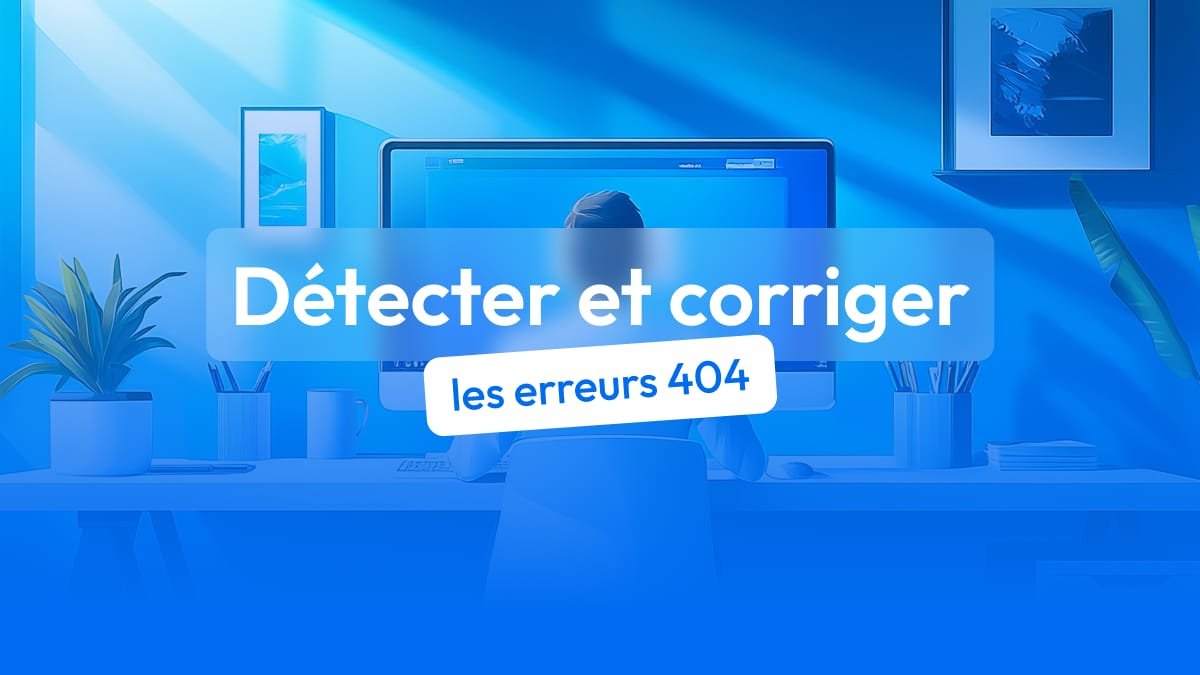You have certainly ever sailed to navigate a site and come across a 404 error, right? Facing an impossible page is very frustrating, and you would not want this to happen to users on your own site.
Even if the impact is almost nonexistent on your natural referencing, you must maintain a good user experience, and ensure that Internet users keep confidence in your site.
This is why it is essential to know how to detect errors 404, then to correct them.
What is a 404 error?
A 404 error is often accompanied by the message “Page not found”, and corresponds to an HTTP error code returned by the website server.


In this kind of situation, the Internet user tries to access a page that the server is not able to find: so he cannot display any content.
According to browsers, a 404 error can take different terminologies, for example:
- 404 Not Found
- The Requested Url was not found in this server
- HTTP 404
- HTTP 404 Not Found
- 404 File Or Directory Not Found
The causes of a 404 error
Several situations can lead to a 404 error:
- The link to which a user attempts to access has been removed, there is no longer any
- The link, when it is seized directly by the user, has a syntax error
- The link includes a redirectionbut it has not been properly configured
- The problem comes from the server, but it remains rare
It is very important to resolve these errors 404, because the navigation quality On your site is an aspect not to be overlooked. As we have already mentioned at the start of this article, not being able to access a web page is very frustrating. Your visitors may leave your site to go to a competitor to look for the desired content.
Regarding your SEO, it will probably not be impacted. Google is aware that it is difficult to have an eye on all its links, so it is “normal” that all sites have a number of Broken links leading to 404 errors.
On the other hand, too many errors can cause a abnormally high rebound rate And thus have consequences on the behavior of your visitors. In the latter case, your site can be deemed of less quality, then degrading your visibility on search engines.
Tools to detect errors 404
To repair 404 errors, you still need to know where they are. Free or paid tools can help you identify them.
Google Search Console


If you have a Google Search Console account, you can start with this first free tool. By going to “cover”, you will see all the errors appearing on your site.
To find the 404 errors, you have to take a closer look at the “detail” block.
Dead Link Checker


You can also turn to the free tool Dead Link Checker. Find out the URL of your site and you will see all errors appear. The pages not found can be obvious in red with the message “404 not found”.
Paid tools
Finally, there are many paid SEO tools that can help you identify your 404 pages. The SEO analysis tools like Ahrefs or SEMRUS allow you to identify your 404 pages. These tools generally offer a fairly expensive monthly subscription.
If you prefer a dedicated Crawl tool, to analyze your technically pages, you can use ScreamingFrog. Free up to 500 URLs (ideal for small sites), it allows you to identify 404 errors in the blink of an eye and get an easy -to -treat listing.
How to correct errors 404?
Now that you have identified all your broken links, it is time to correct them in order to make the maximum number of errors disappear 404.
Several solutions are available to you:
- Delete the bond of your content
- Replace the broken link: the new URL must lead to relevant content
- Make a redirection 301 if you change the URL: in this case read Our guide on this subject
- Transform the 404 error into 410 if the page has been permanently deleted


Whatever you do, it is essential to create a page ofPersonalized 404 error.
The latter must be like your brand and must contain at least one link (at best your main menu) to bring the lost user back to the home page for example. The idea is to offer a solution to the problem and keep the visitor on your site.
If you are having difficulty in terms of netlinking on your website, call on a Professional on Coder.com.
4xx errors, such as 404 errors or Errors 403 are to be avoided at all costs so as not to harm the user experience on your site and your SEO.
